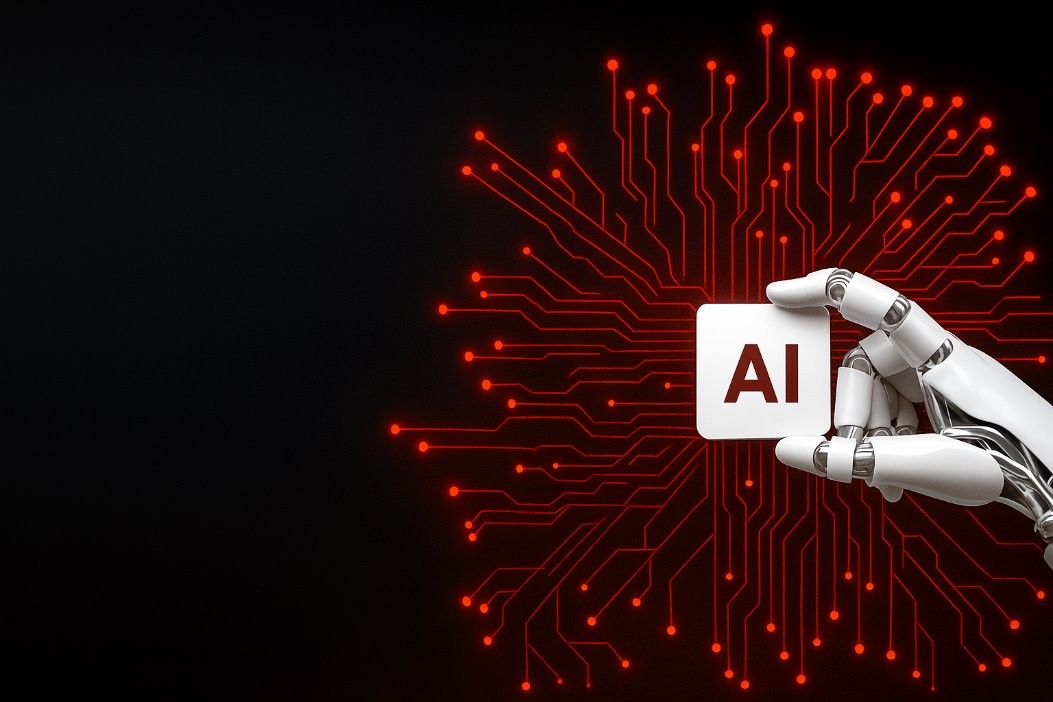Artificial Intelligence (AI) is everywhere. Every month brings new features promising “deeper thinking” and “agentic processes.” Tech titans are locked in trillion-dollar battles. Headlines scream about business, economic, and societal concerns. Skim the news and you’re left excited and terrified!
Here’s the thing: we’re still human – virtues, flaws, quirks, and all. We’ve always had our agency, collectively shaping our future. Even now, while embracing AI, we need to keep building for us.
We Fear What We Do Not Know
“AI this… AI that…” Even tech leaders admit they don’t fully understand it. Sci-fi stories warn us with cautionary tales. News cycles fuel anxiety about job loss, disconnected human relationships, and cognitive decline.
Luckily, this round of innovation is surprisingly transparent. You can read the Attention is All You Need paper (2017) that started it all. You can even build your own AI if you want! This isn’t locked behind a walled garden. That’s a good thing.
What the Past Can Tell Us
I like to look at the past to gauge what we can expect from the future. Humans have feared every major invention and technological breakthrough. We expect the worst, but most have proven to improve life.
We’ve always had distractions from books, movies, games, to TikTok brain-rot. Some get addicted and go too deep, while others thrive. People favor entertainment and leisure activities – this is nothing new – so I don’t feel like cognitive decline is anything to worry about. Humanity has overcome all of it before and will continue to do so.
.
Humans are Simple (and Complicated) Creatures
We look for simplicity and speed. Easy to understand, easy to look at, easy to interact with, easy to buy from. We skim read, we skip video segments, we miss that big red CTA button. The TL;DR culture rules. Even so, I don’t think we’re at risk of the future from Idiocracy (2006).
That’s not to say that we don’t overcomplicate things. The Gods Must Be Crazy movie (1980) has a line that resonates, “The more [we] improved [our] surroundings to make life easier, the more complicated [we] made it.” We bury our users (our customers) in detail when they just want to skim, skip, and bounce.
Building for Computers
The computer revolution (1950s-1980s) started with machines serving humans. Then came automation. And eventually, systems talking to systems.
Fast-forward to the 2010s, where marketers gamed the algorithms to win at SEO, SEM, and social networking. Content was created for computers, not humans. Now we have the dead internet theory. We were building without humans in mind.
We will still have to build for systems to talk to systems. That won’t change. APIs are more important than ever, and agentic AI relies on them. Because of this, it is crucial to make sure what you are building “plays well with others”. But AIs and APIs are tools, not the audience.
Building for Humans
Google used to tell us all to build what people want, as opposed to gaming their systems. I love that advice. However, at first it felt unrealistic…gaming the system worked. Then after many updates, for a short bit, it felt like Google was getting there! Then it got worse and feels like pay-to-play recently.
Now AI is reshaping search and everything else. You can notice the gap between search results and AI recommendations. They don’t match. AI assistants aim to please humans, which is great, until it inevitably changes.
Digital teams must build for AI ingestion, but if you neglect the human aspect and the end user experience, then you will only see short-term wins.
Examples of Building for Humans
- Make it intuitive and easy. Simple for end users means a lot of work for builders, but it is worth it! Reduce their cognitive load.
- Build with empathy. Appeal to real people, not just personas and bots. Include feedback loops so they can feel heard.
- Get to the point. Don’t overwhelm users, instead help them take action! Delight your customers by saving them time.
- Add humor when appropriate. Don’t be afraid to be funny, weird, or real…it connects on a human level.
- Consider human bias. Unlike bots and crawlers, humans aren’t always logical. Design for human biases.
- Watch your users. Focus groups or digital tracking tools are great for observing. Learn from real users and iterate.
Conclusion
Building for humans never goes out of style. Whatever comes after AI will still need to serve people. So as tech evolves, let’s keep honing systems that work with and around our human nature.
……
If you are looking for that extra human touch (built with AI), reach out to your Perficient account manager or use our contact form to begin a conversation.





Excellent perspective! I love the emphasis on keeping human needs at the heart of AI development. A refreshing reminder that technology should enhance empathy and connection, not replace it.